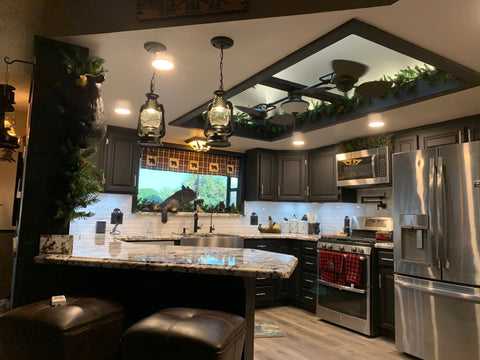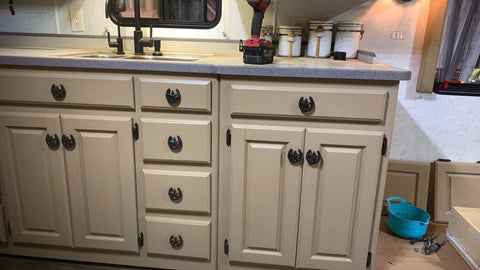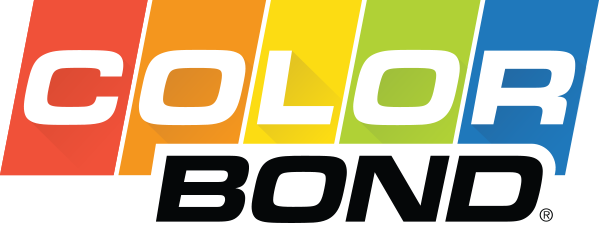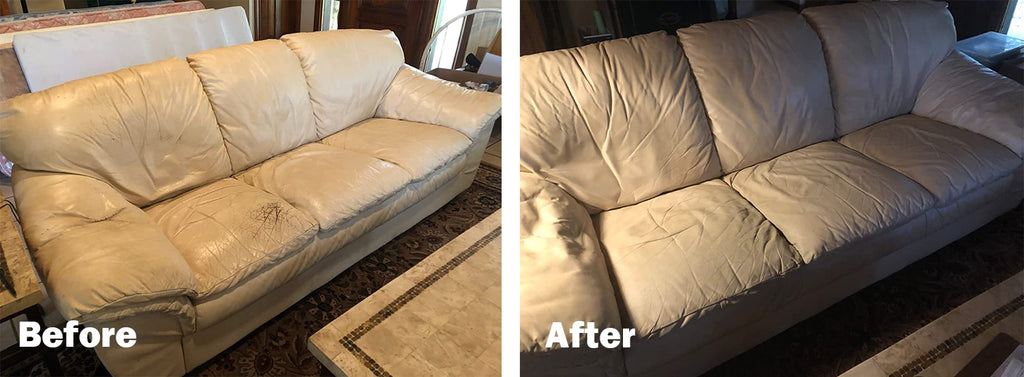
How to Paint Over Polyurethane with ColorBond LVP
If you’re looking for a fast and effective way to paint over polyurethane, ColorBond LVP OE spray paint for leather, vinyl, and plastic is the perfect solution. Originally designed for vehicle interiors, ColorBond LVP OE also works exceptionally well on polyurethane-coated surfaces found in homes, making it a versatile choice for both auto and home improvement projects.
ColorBond LVP OE is formulated for superior adhesion, providing a durable finish that won’t crack, flake, or peel—even on flexible materials. With a range of 160+ OEM color-matched hues, this premium spray paint makes it easy to paint over polyurethane surfaces like doors, trim, moldings, and cabinets, while achieving professional-grade results.
What’s the Best Paint for Polyurethane? ColorBond!
When it comes to painting polyurethane surfaces, ColorBond LVP OE is the ideal solution. ColorBond LVP adheres perfectly to polyurethane when used with our adhesion promoter. Its advanced molecular bonding technology ensures a durable, professional finish that lasts.
Benefits of using ColorBond LVP OE include:
- Dries to the touch in just 45 seconds: ColorBond’s fast-drying formula helps speed up your project. You can apply multiple coats quickly without waiting long between applications, saving time and reducing downtime.
- Fully bonds in 10 minutes: Unlike traditional paints that can take hours or days to cure, ColorBond LVP OE creates a strong, permanent bond in just 10 minutes—ensuring lasting adhesion even on high-use or flexible surfaces.
- Won’t crack, flake, or peel—even on flexible surfaces: Engineered for durability, ColorBond LVP OE moves with the surface, making it ideal for both rigid and flexible materials. The finish stays intact without cracking or peeling, even on items that see regular use.
- Preserves the natural grain and texture of leather and vinyl: While providing excellent coverage, ColorBond LVP OE allows the natural grain and texture of the material to show through. This keeps surfaces looking authentic rather than coated or artificial.
- UV stable with a permanent finish: The formula is UV-stable, meaning it won’t fade or discolor over time—even with sun exposure. You’ll get a vibrant, long-lasting finish whether you’re working indoors or outdoors.
In addition to these performance features, ColorBond LVP is cost-effective compared to premium house paints. Its excellent coverage means fewer coats are needed, using less paint and reducing overall project time. The semi-gloss-like sheen is easy to clean and provides a smooth, professional look.
Available in convenient aerosol cans and larger cans for spray gun applications, ColorBond LVP offers 160+ color options—making it easy to find the perfect shade to match your decor or design vision. Whether you’re restoring a car interior, updating furniture, or tackling a home improvement project, ColorBond LVP delivers the durability, ease of use, and professional finish you need to paint over polyurethane with confidence.
How to Prepare Polyurethane for Paint
People are changing the style of the interior of their homes by painting over doors and moldings that have a stained finish. This woodwork is often coated with polyurethane, and to paint over polyurethane with standard house trim interior paint can be tricky. There is a lot of work involved to get the paint to stick properly. Of course, removing the polyurethane by sanding or stripping is an option, but let’s assume the polyurethane will be left in place.
Proper surface preparation is essential for achieving the best results when painting over polyurethane. Taking the time to prep the surface ensures the paint bonds properly and delivers a smooth, long-lasting finish. Follow these steps to get started:
1. Clean the Surface Thoroughly
Before painting, it’s important to remove any dirt, grease, oils, or other contaminants that could interfere with adhesion. ColorBond Prep Cleaner is ideal for this step. It effectively cleans the surface without leaving behind any residue that might impact how well the paint sticks. Be sure to clean all areas you plan to paint, including doors, trim, and any detailed surfaces.
2. Lightly Scuff the Surface with Fine-Grit Sandpaper
Once the surface is clean and dry, lightly sand the polyurethane with fine-grit sandpaper—typically 320 to 400 grit. The goal isn’t to remove the polyurethane coating or sand down to bare wood. Instead, you’re creating a subtle anchor surface pattern that helps the ColorBond LVP adhere more effectively. A light scuff is all that’s needed to dull the sheen and promote better bonding.
3. Wipe Away Dust
After sanding, be sure to remove any sanding dust with a clean, lint-free cloth or tack cloth. Residual dust can prevent proper adhesion and lead to an uneven finish. Remember that you will need to apply an adhesion promoter before painting your first coat.
4. Ensure the Surface is Completely Dry
Before applying ColorBond LVP, double-check that the surface is completely dry and free of any remaining dust or debris. This will give you the best foundation for a smooth, professional-looking paint job.
Painting Over Polyurethane with ColorBond LVP
Once the surface is cleaned and scuffed, you’re ready to paint:
- Apply adhesion promoter.
- Apply a light mist coat of ColorBond LVP 12” from the surface. The fine spray provides smooth, even coverage.
- Multiple coats may be needed. Allow a 2-minute drying time between coats. Thanks to the fast-drying formula, you won’t be waiting long between layers.
- ColorBond LVP bonds in 10 minutes, making it one of the fastest and easiest ways to transform polyurethane surfaces.

Check out the living room of Chris Hoffman who has experience painting over polyurethane with ColorBond LVP. He painted the slider and moldings with #119 Ford Black.

Chris used ColorBond LVP to paint his kitchen cabinets and trim. See the story here.

Chris’ first experience using ColorBond LVP was restyling the cabinetry of his RV. See the story here.
If you need to paint over polyurethane, ColorBond LVP is a great option!
Additional Uses for ColorBond LVP OE
Along with helping you paint over polyurethane on home surfaces, ColorBond LVP OE is also ideal for refinishing automotive and marine interiors. It works on a wide variety of leather, vinyl, and plastic surfaces, including:
- Dash panels
- Seats
- Instrument panels
- Steering wheels
- Airbag covers
- Convertible tops
- Rearview mirror housings
- Upholstery
When you need to paint over polyurethane or restore faded and worn interior surfaces, ColorBond LVP OE’s color-matching capability ensures a seamless finish that blends perfectly with original materials.
Get Started With ColorBond Today
Need to paint over polyurethane? ColorBond LVP makes it easy with a cost-effective, professional-grade solution. From home interiors to automotive restoration, ColorBond provides the coverage, durability, and color accuracy you need for results that last.
With fast drying times, excellent adhesion, and a wide range of colors, ColorBond LVP is the smart choice for any project where you need to paint over polyurethane with confidence.


